Champagne and motorsports: A sparkling love affair
Why champagne is officially back on the F1 podiums
Thank you for being here. You are receiving this email because you subscribed to Idée Fixe, the newsletter for curious minds. I’m Toni Cowan-Brown, a tech and F1 commentator. I’m a former tech executive who has spent the past five years on the floor of way too many F1, FE, and WEC team garages, learning about the business, politics, and technology of motorsports.
⏳ Reading time: 8mins
It’s been a week since Nico Hülkenberg finally stood on an F1 podium - his first after more than 230 Grands Prix - and the paddock and fanbase is still buzzing with joy. What made the moment even more heartwarming were the stories that followed: when the Kick Stake Sauber team realised they didn’t have enough Champagne to toast their driver, rivals Aston Martin, Mercedes AMG-Petronas, and even the Moët & Chandon crew swooped in with extra bottles so the celebration could go on in style. It was a perfect reminder of how motorsport families rally together, and it got me thinking about the historic bond between Champagne and racing.
Just in time for the Formula 1 circus to roll into Spa-Francorchamps - now proudly the Formula 1 Moët & Chandon Belgian Grand Prix - it feels right to lift a flute to the sport’s most iconic ritual: spraying Champagne on the podium. From Jo Siffert’s accidental spray at Le Mans to Moët & Chandon’s triumphant return as F1’s official Champagne, the history of these fizzy celebrations is every bit as effervescent as the drink itself.
Note: I’ll be on-site throughout the weekend, working with both the FIA and the GP promoters. It’s going to be an interesting mix of different content formats, and I’m so excited to try some new content series and styles as well. Stay tuned and make sure to follow along here. Feel free to leave a comment below with what you would like to see in terms of content.
From accidental toast to iconic ritual
So, how did we get here, spraying Champagne on the three steps of the F1 podium? The tradition began not in Formula 1 but at the 1966 24 Hours of Le Mans, when Swiss driver Jo Siffert handed a bottle of Moët to a journalist, shook it in jest and -pop! - the ensuing spray captivated onlookers. That unscripted moment was pure, unfiltered human joy - a far cry from today’s choreographed podium ceremonies. It was raw, genuine, and reminded us that sometimes the best traditions are born of happy accidents.
American Dan Gurney deliberately replicated the act a year later, cementing the celebratory ritual in endurance racing. His grin beneath the spray was more than celebration - it was a marketing masterstroke that would echo through racing history. Gurney taught us that victory isn’t just crossing the line; it’s owning the moment.
In F1, the first champagne-to-the-face moment arrived in 1969 when Jackie Stewart sprayed the crowd after his French Grand Prix victory, instantly adding glitz to the podium ceremony. Instantly, what had been a paddock sideshow became podium center stage. No longer just a victory lap - every spray told fans, “This is worth celebrating.”
And long before any champagne spray, the bond between F1 and Champagne was sealed in 1950, when Juan Manuel Fangio was presented a large bottle of Moët & Chandon after winning the French Grand Prix - an act meant simply as a congratulatory gift, but one that hinted at a thicker cultural weave
Champagne’s Golden Era in Formula 1
From the late 1960s through 2000, Moët & Chandon reigned supreme as F1’s official Champagne, aligning perfectly with the sport’s trajectory toward glamour and global prestige. Teams and drivers revelled in the ritual: a tangible reward for victory, broadcast worldwide, with the golden spray symbolising triumph, luxury, and the pinnacle of performance.
The Italian Interlude: Ferrari Trento’s Sparkling Wine
In 2021, Formula 1 surprised the paddock by replacing Champagne with Ferrari Trento, the méthode classique sparkling wine from Trentino, Italy. Chosen for its heritage and quality, Ferrari Trento took over podium duties for three seasons, introducing a sleek Jeroboam of Trentodoc in place of the traditional bottles.
While not Champagne by appellation law, and the teams serving it in the Paddock and Paddock club were always quick to remind you that it wasn’t Champagne they were serving, the finesse of Trento maintained the ritual’s spectacle and underscored F1’s evolving luxury partnerships.
The LVMH Revival: Champagne Returns in Style
In February 2025, under a landmark 10-year global partnership valued at over $2 billion with LVMH, Moët & Chandon reclaimed its place atop F1’s podium as the Official Champagne of Formula 1. As part of this alliance, alongside Louis Vuitton and TAG Heuer, LVMH is weaving together the worlds of high performance and high luxury.
At Spa, the partnership is even more pronounced: Moët & Chandon is not only providing the Champagne for the podium and through the Paddock Club, but also serving as the title sponsor of the Belgian Grand Prix.
With Moët & Chandon’s name emblazoned on the Belgian Grand Prix, Spa’s iconic Eau Rouge and lush Ardennes setting will once again witness the marriage of speed and celebration. Expect the traditional three-bottle podium ritual to bring fans back to the origins of motorsport pageantry - and where better to do this than Spa-Francorchamps - and remind us that, in F1, victory should always taste as good as it looks.
Fashion Evolution in Formula 1
Meanwhile, the paddock has become a runway, with drivers like Hamilton making headlines for their race-weekend outfits. With F1’s growing younger and lifestyle-driven audience, fashion is no longer just a side note in motorsport - it’s a key part of its modern identity. This is very much being pushed forward by the new generation of fans, drivers, and partners like LVMH.
The Symbolism of Champagne: More Than Just Bubbles
Like diamonds, Champagne has become shorthand for celebration, victory, and exclusivity. Its storied French heritage, centuries of craftsmanship, and association with royal courts have endowed it with a marketing mystique that elevates any moment it graces. In motorsport, where success hinges on split-second precision and cutting-edge engineering, Champagne’s status as the ultimate reward resonates powerfully - a sensory reward as exhilarating as a Grand Prix win.
And ‘details’ like these matter to the sport, the athletes and even the fans. These moments allow for emotional resonance as the sight and sound of a Champagne spray create visceral connections with the audience, as well as luxury alignment attracting sponsors and fan demographic drawn to lifestyle experience, and finally, it’s an opportunity to create traditions and perfect moments for storytelling.
In an age of hyper-technical gadgetry and AI-driven strategy, the simple act of popping corks remains the purest expression of victory.
Whispering Angels in the Paddock Club
In late 2019, LVMH’s Moët Hennessy division acquired a 55% controlling stake in Château d’Esclans - producer of Whispering Angel - for an undisclosed sum, estimated at around €140 million. This move wasn’t merely about adding another bottle to its luxury portfolio (which already includes Krug and Dom Pérignon); it signalled LVMH’s recognition of rosé as a lifestyle emblem akin to its iconic Champagnes.
By partnering with Sacha Lichine, who currently retains 45% and remains at the helm, Moët Hennessy has expanded distribution and marketing muscle, elevating Whispering Angel to “worldwide reference for Provence rosé”.
By pouring Whispering Angel alongside Moët & Chandon on the world’s fastest stages, F1 underscores its dual commitment: honouring heritage through Champagne rituals while embracing contemporary trends via Provence’s rosé revolution. As the paddock’s glasses clink at Spa, it’s clear that motorsport’s celebrations have never been more stylish.
And in case you are wondering, LVMH’s bet on recognising rosé as a lifestyle emblem sure is working. I say this as someone who, in Imola, was served the rosé and then was asked if I was ever in the South of France, to which I answered - funny you should ask, I’ll be there for three weeks in June. I was promptly told I should visit the beautiful domain of Château d’Esclans and their vineyard - and it didn’t disappoint.


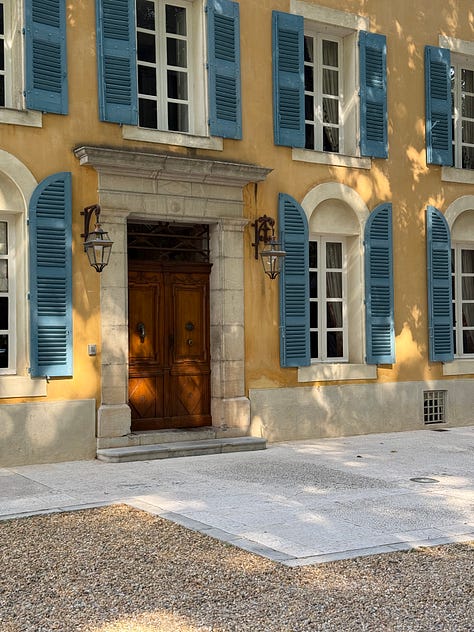

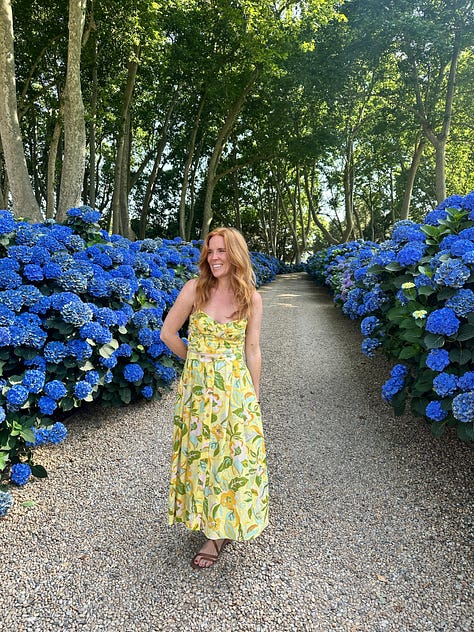
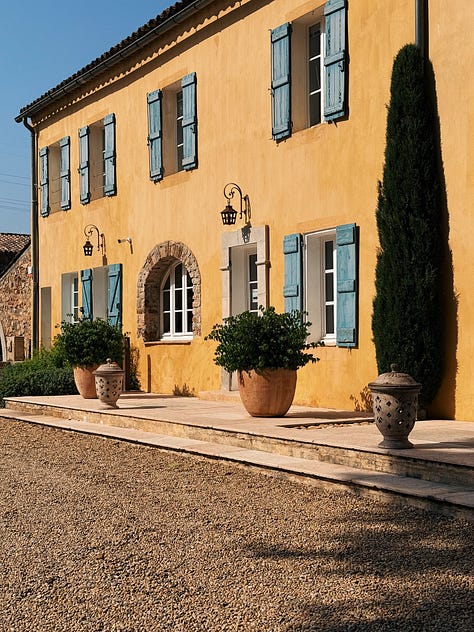

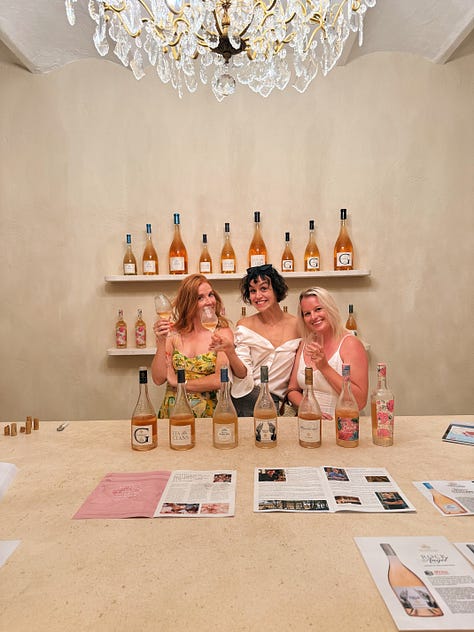
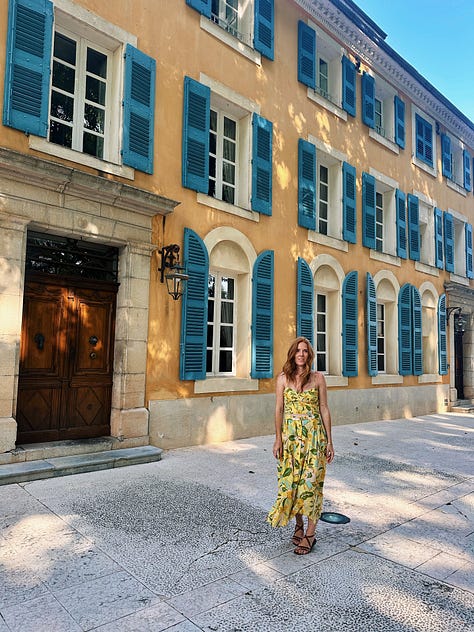
🔗 Inside Louis Vuitton's Sports Strategy | SportsVerse
Louis Vuitton is rarely far from the news cycle in the world of sports these days. The French luxury brand made headlines once again last week with the confirmation of its new long-term partnership with Spanish football super-club Real Madrid, bringing to an end the team’s previous clothing deal with Italian luxury brand Zegna. Read here.
🔗 The "Girlification" of Sport Media | SportsReboot
“Girls will be girls.” And by that, I mean: making funny, informational, witty, show-stopping, never-been-done-before, outstanding sports-related content that challenges and reinvents the sports media landscape entirely. Yeah, you heard me. Media is evolving—and women are ahead of the game. Read here.
🔗 Is Formula E pointless? | YouTube
This video and this recent piece by Sam Smith have put pen to paper on the many questions I have surrounding Formula E - namely, if the astronomical numbers FE is putting forward are to be true - like for example, that 10.5 million people watched the Mexico City E-Prix in January. That would be 80% larger than the 2024 Las Vegas Grand Prix, then where are the revenue streams from this? Where are the new manufacturers that should be flocking to the series? Why aren’t there more commercial partnersrs knocking on FE’s door?









This is such an interesting read! Thank you as always for the thoughtful piece. Wishing I had a glass of champagne (or rosé) on hand!